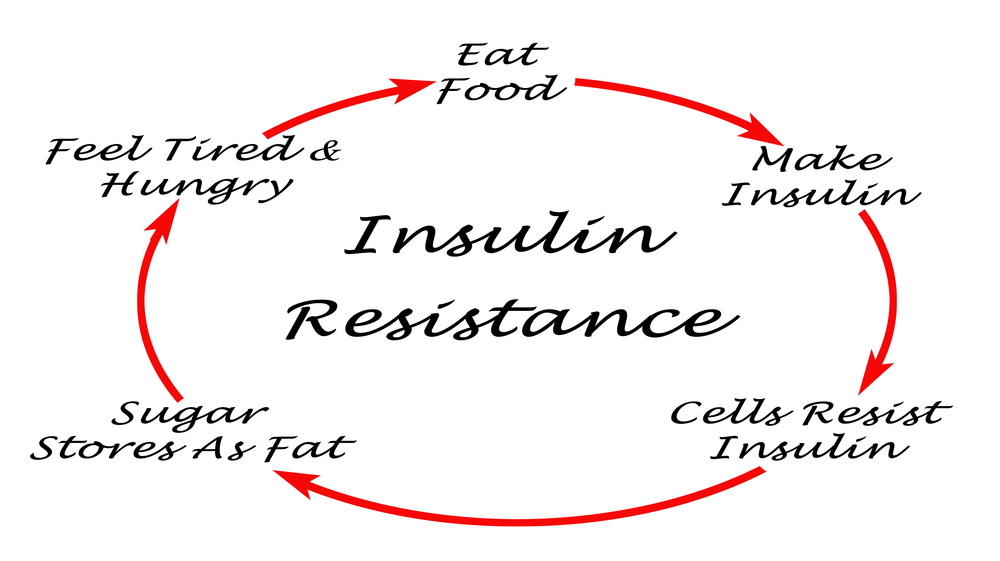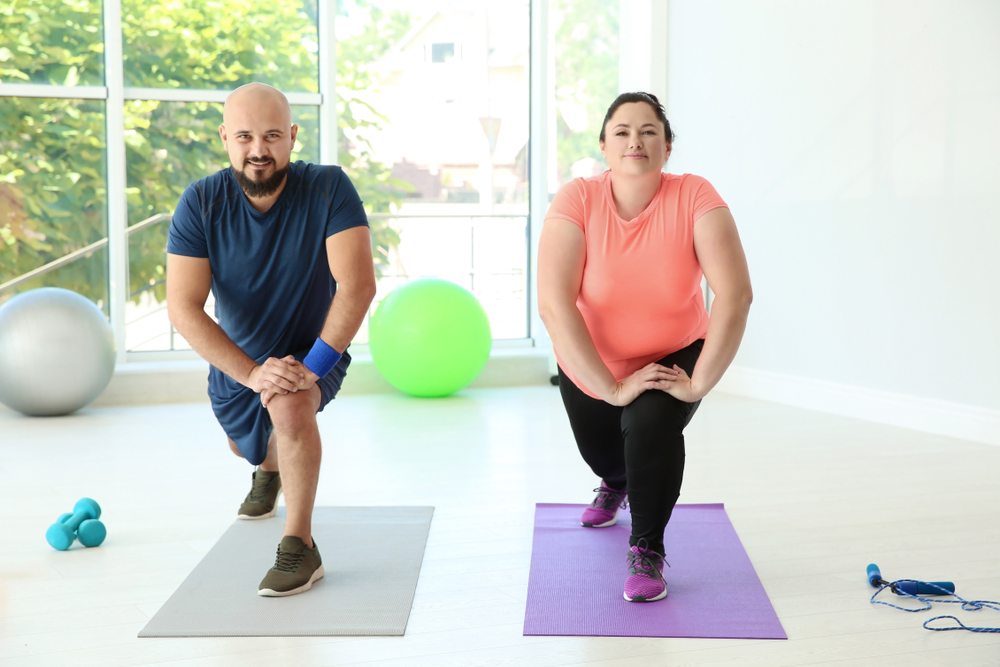Exercise for Pre-Diabetes and Metabolic Syndrome
Click here to find out about Exercise for Diabetes.
What is pre-diabetes?
Pre-diabetes is a condition where a person’s blood glucose (also called blood sugar) is higher than normal, but not high enough to be diagnosed with type 2 diabetes. This occurs through a process called insulin resistance, which is where the body’s cells do not respond as they should to insulin produced by the pancreas. People with pre-diabetes have a higher risk of developing type 2 diabetes and cardiovascular disease. The diagnosis of pre-diabetes is made through a test called an oral glucose tolerance test (OGTT).


What is metabolic syndrome?
Metabolic syndrome is a collection of conditions that often occur together and increase your risk of diabetes, stroke and heart disease. A person is diagnosed with metabolic syndrome if they have the following conditions combined:
1. Insulin resistance – The person has abnormally high blood glucose levels or is currently taking medications to control blood glucose levels.
2. Hypertension – The person has high blood pressure or is taking medication for their blood pressure.
3. Dyslipidaemia – The person has abnormal cholesterol levels and/or high triglyceride levels or is taking medication to control their cholesterol.
4. Overweight – The person has a waist circumference over 94cm (37 inches) for men, or over 80cm (31.5 inches) for women.
What are the benefits of exercise if I have pre-diabetes or metabolic syndrome?
• Improved blood glucose control – Exercise can assist the body in managing blood glucose levels. Firstly, glucose is taken up by the working muscles which are contracting when physically active. Secondly, with regular exercise, the body creates more “deposit sites” in the muscle where glucose can enter and be stored.
• Lower medication use – Medications for conditions such as high blood pressure, high cholesterol and insulin resistance can have undesirable side effects. Exercise can help reduce the reliance on these medications and many patients are able to come off these medications all together.
• A healthier heart – The heart is a muscle that needs exercise to stay healthy. It adapts to exercise by becoming more efficient at pumping blood around our body. Exercise also keeps arteries and blood vessels that carry that blood more flexible to promote good circulation.
• A healthier weight and waistline – Exercise can assist in weight management, both losing weight as well as maintaining a healthy weight. Maintaining a healthy weight plays an important role in preventing and managing lifestyle-related diseases such as diabetes.

Is exercise safe for people with pre-diabetes or metabolic syndrome?
• For many people with pre-diabetes or metabolic syndrome, exercise is a safe and effective way of managing or reversing their condition.
• People may have individual precautions for exercising in particular cases, such as poorly controlled blood pressure or musculoskeletal impairments.
• Always consult with your doctor or one of our exercise physiologists before starting any new exercise program.

What type of exercise is best for people with pre-diabetes or metabolic syndrome?
• Any exercise that leads to a modest increase in your breathing and heart rate will be effective to achieve benefits. You should aim for at least 30 minutes, 5 days per week of moderate exercise.
• In addition to this, it is recommended to participate in 30minutes of resistance-based exercise (such as weights, resistance bands or bodyweight exercises) twice per week.
• It is important to begin slowly with any new exercise program and gradually progress the intensity, frequency and duration as your body becomes fitter.
If you would like to ask a question about our services or anything else, visit our Contact Us page to get in touch.
If you are ready to make an appointment, visit our make a booking page and get started today.
Get Active!
For more, visit our Frequently Asked Questions page.
If you would like to ask a question about our services or anything else, visit our Contact Us page to get in touch.
If you are ready to make an appointment, visit our make a booking page and let us help you with your fitness or recovery.

